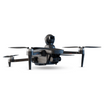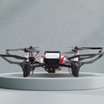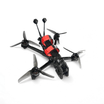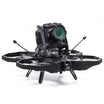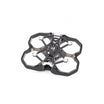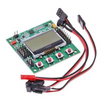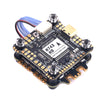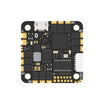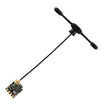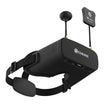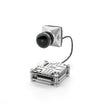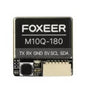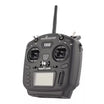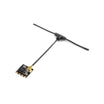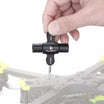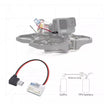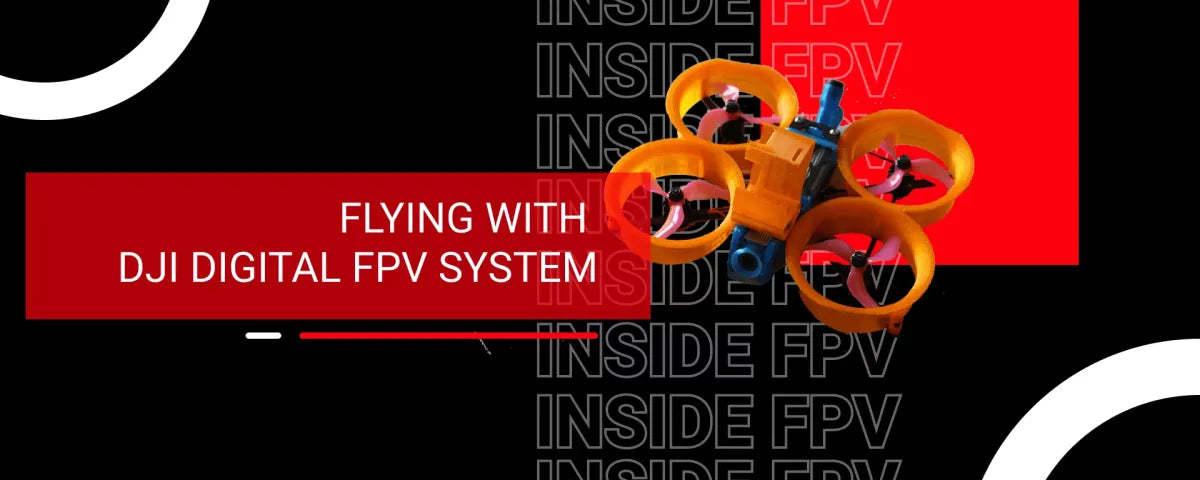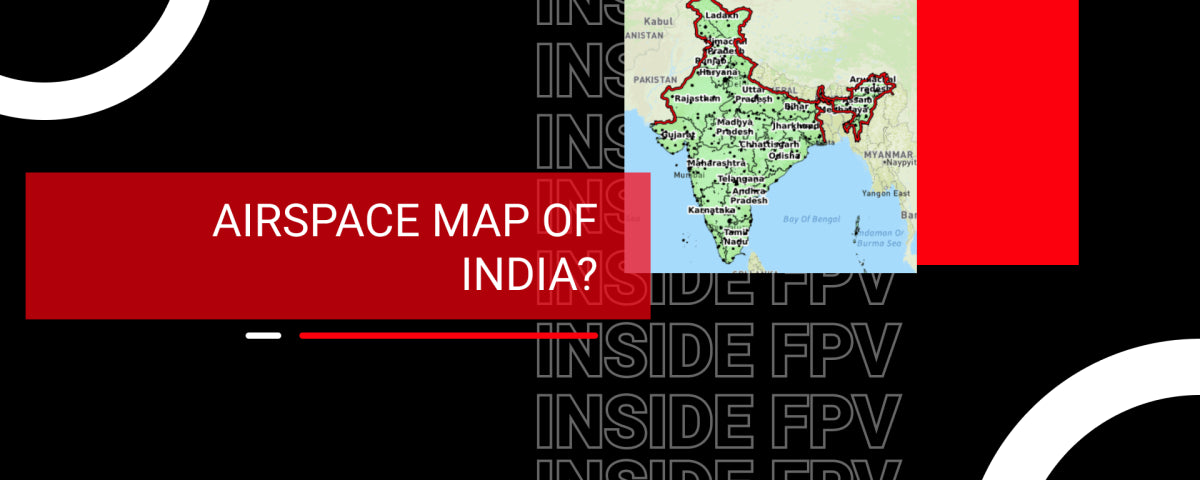India’s drone industry is moving into a new era with the Digital Sky platform, introduced by the Ministry of Civil Aviation. What began as a system for registration and compliance has now grown into the foundation for safe, innovative, and large-scale drone use across the country.
In 2025, the platform is not just a regulator but an enabler. It helps hobbyists, professionals, and businesses adopt drones while keeping the skies safe and secure.
Why Digital Sky Matters
Drones are no longer limited to photography or recreation. They are being used in agriculture, logistics, infrastructure, surveillance, and even disaster relief. To handle this growing demand, India needs a system that ensures safety without slowing down progress.
That is exactly what Digital Sky does.
It creates a transparent framework that allows people to operate drones legally while supporting the government’s vision of making India a global leader in drone technology.
Also read: Decoding the new drone bill: What you must know
Key Updates in 2025
Here is a simple breakdown of what has changed and why it matters for drone operators today:
|
Area |
Update 2025 |
Why It Matters |
|
Integration with eGCA |
Most drone services including registration and licensing are being shifted to the eGCA portal |
Easier access through a single aviation platform |
|
Airspace Zones |
Maps updated in real time with green, yellow, and red classifications |
Pilots know exactly where they can and cannot fly |
|
Pilot Training and Certification |
Remote Pilot Certificates are now more clearly defined with standardised training requirements |
Ensures a skilled base of operators across industries |
|
Drone Registration |
All drones above 250 grams must be registered and carry a unique identification number |
Builds accountability and traceability |
|
Flight Rules |
General altitude limit fixed at 400 feet, with special approvals needed for higher or night flights |
Keeps operations safe and prevents conflicts with manned aircraft |
|
Manufacturing Incentives |
Large scale incentive schemes launched to promote local production of drones and parts |
Reduces dependence on imports and boosts the Indian drone ecosystem |
Also read: Indian drone market 2025: Size, growth, & global positioning
Features of the Digital Sky Platform
Here are some of the essential features of the digital sky platform that you should know about:
Easy Drone Registration: Every drone receives a unique identification number through the platform.
Remote Pilot Certification: Aspiring operators can train at approved centres and get their certification digitally.
Permits for Commercial Use: Companies can apply for operational permits for deliveries, filming, or industrial applications.
Interactive Airspace Map: A live map shows restricted zones, safe corridors, and real time updates.
Flight Monitoring: Real time tracking and geofencing improve safety and prevent misuse.
Policy Insights: Data collected from operations helps refine regulations and shape future drone policies.
How to Use the Platform Effectively
To make the most of Digital Sky in 2025:
-
Always check the live airspace map before flying. Zones can change based on events or security needs
-
Make sure your drone is certified and registered with its unique identification number displayed
-
Apply for the right permits if you are operating commercially or beyond basic recreational use
-
Follow safety rules including visual line of sight flying and avoiding restricted areas
Keep up with DGCA advisories to avoid penalties
Also read: GST cut on drones: What it means for India’s drone industry
The Road Ahead
Digital Sky is evolving into a smarter system with faster permissions, wider green zones, and stronger monitoring. As India invests in local manufacturing and technology, the platform will also become the foundation for exports, research, and global collaboration.
This is not just about rules. It is about building an ecosystem where drones can become an everyday part of work and life in India.
Frequently Asked Questions
Do all drones need to be registered on Digital Sky?
All drones above 250 grams must be registered. Lighter nano drones may be exempt for basic use but commercial flights always require registration.
Who needs a Remote Pilot Certificate?
Anyone using drones commercially or outside recreational limits must hold a Remote Pilot Certificate from an approved training organisation.
What are green, yellow, and red zones in the airspace map?
Green zones allow most flights with minimal restrictions. Yellow zones require prior permission, while red zones are restricted and need special clearance.
How high can I fly a drone in India?
The standard limit is 400 feet above ground level. Flights higher than this require approval through the platform.
What happens if someone violates drone rules?
Violations can result in fines, confiscation of equipment, or legal action depending on the seriousness of the breach.


